Succinate accumulation drives ischaemia-reperfusion injury during organ transplantation
- PMID: 32395697
- PMCID: PMC7212038
- DOI: 10.1038/s42255-019-0115-y
Succinate accumulation drives ischaemia-reperfusion injury during organ transplantation
Abstract
During heart transplantation, storage in cold preservation solution is thought to protect the organ by slowing metabolism; by providing osmotic support; and by minimising ischaemia-reperfusion (IR) injury upon transplantation into the recipient1,2. Despite its widespread use our understanding of the metabolic changes prevented by cold storage and how warm ischaemia leads to damage is surprisingly poor. Here, we compare the metabolic changes during warm ischaemia (WI) and cold ischaemia (CI) in hearts from mouse, pig, and human. We identify common metabolic alterations during WI and those affected by CI, thereby elucidating mechanisms underlying the benefits of CI, and how WI causes damage. Succinate accumulation is a major feature within ischaemic hearts across species, and CI slows succinate generation, thereby reducing tissue damage upon reperfusion caused by the production of mitochondrial reactive oxygen species (ROS)3,4. Importantly, the inevitable periods of WI during organ procurement lead to the accumulation of damaging levels of succinate during transplantation, despite cooling organs as rapidly as possible. This damage is ameliorated by metabolic inhibitors that prevent succinate accumulation and oxidation. Our findings suggest how WI and CI contribute to transplant outcome and indicate new therapies for improving the quality of transplanted organs.
Conflict of interest statement
Competing interests The authors declare competing interests. MPM, TK AND RCH have submitted a patent application on the use of dimethyl malonate to prevent ischaemia reperfusion injury.
Figures

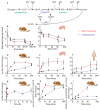
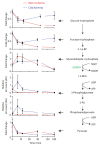


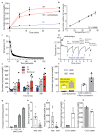

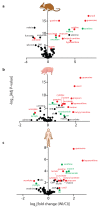

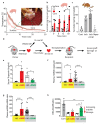
References
-
- Jahania MS, Sanchez JA, Narayan P, Lasley RD, Mentzer RM., Jr Heart preservation for transplantation: principles and strategies. Ann Thorac Surg. 1999;68:1983–1987. - PubMed
-
- Southard JH, Belzer FO. Organ preservation. Annu Rev Med. 1995;46:235–247. - PubMed
-
- Chouchani ET, et al. A unifying mechanism for mitochondrial superoxide production during ischemia-reperfusion injury. Cell Metab. 2016;23:254–263. - PubMed
-
- Pagani FD. Use of heart donors following circulatory death: A viable addition to the heart donor pool. J Am Coll Cardiol. 2019;73:1460–1462. - PubMed
Publication types
MeSH terms
Substances
Grants and funding
LinkOut - more resources
Full Text Sources
Other Literature Sources
Medical

